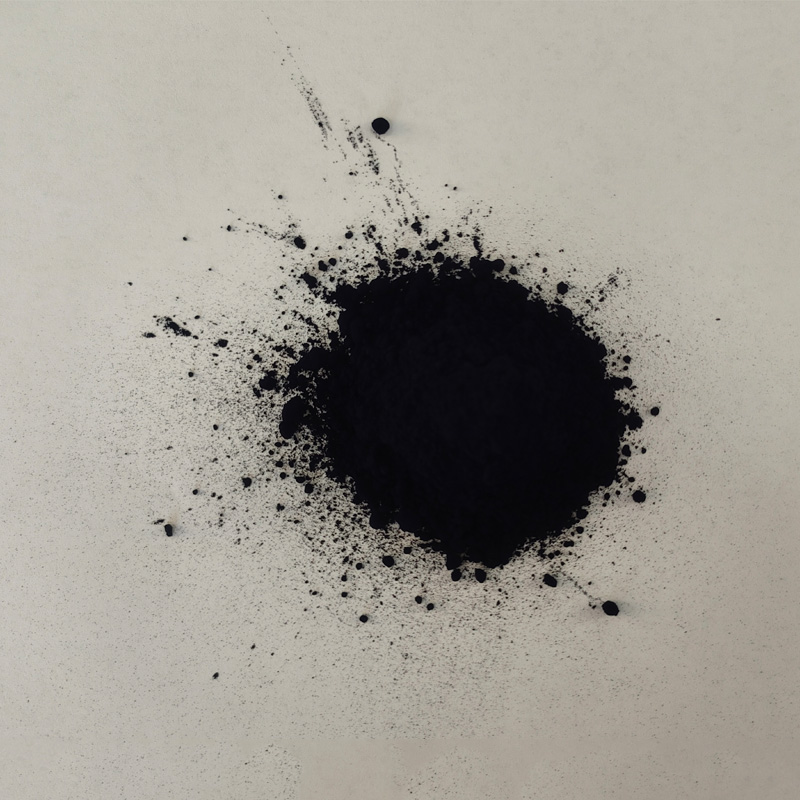high quality indigo color dye
The Allure of High-Quality Indigo Color Dye
Across cultures and epochs, indigo dye has held a prestigious place in the world of textiles, celebrated for its deep, rich hues and versatility. Derived from the indigo plant, the dye has been utilized for centuries, tracing its origins back to ancient civilizations in Egypt, India, and the Americas. The process of extracting indigo and transforming it into a dye is intricate and deeply rooted in tradition, making high-quality indigo dye a highly coveted commodity.
The Allure of High-Quality Indigo Color Dye
The dyeing process for indigo is a fascinating journey that involves fermentation. The leaves of the indigo plant are harvested, soaked in water, and fermented over time. This process yields a liquid rich in indigo pigment, which can then be applied to fabric through various techniques such as tie-dyeing or batik. The magic of indigo lies in its ability to create a range of shades, from the lightest sky blue to the deepest navy, depending on the number of dyeing cycles. Each piece dyed in indigo tells a unique story and mirrors the craftsmanship of the artisan who created it.
high quality indigo color dye

In the realm of fashion, high-quality indigo dye has become synonymous with luxury. Many fashion designers and brands seek out natural indigo for their collections, highlighting its authenticity and connection to traditional artisanal methods. This resurgence not only elevates the status of indigo-dyed textiles but also aids in preserving traditional dyeing techniques and supporting local economies.
Moreover, the cultural significance of indigo cannot be overstated. In many cultures, indigo-dyed garments are symbols of identity, heritage, and craftsmanship. They carry stories passed down through generations, embodying the skill and artistry of various communities.
In conclusion, high-quality indigo color dye represents more than just a pigment; it is a celebration of nature, heritage, and sustainable fashion. As the world moves towards eco-conscious choices, indigo remains a timeless, treasured option for those seeking beauty and authenticity in their textiles.
-
The Timeless Art of Denim Indigo Dye
NewsJul.01,2025
-
The Rise of Sulfur Dyed Denim
NewsJul.01,2025
-
The Rich Revival of the Best Indigo Dye
NewsJul.01,2025
-
The Enduring Strength of Sulphur Black
NewsJul.01,2025
-
The Ancient Art of Chinese Indigo Dye
NewsJul.01,2025
-
Industry Power of Indigo
NewsJul.01,2025
-
Black Sulfur is Leading the Next Wave
NewsJul.01,2025

Sulphur Black
1.Name: sulphur black; Sulfur Black; Sulphur Black 1;
2.Structure formula:
3.Molecule formula: C6H4N2O5
4.CAS No.: 1326-82-5
5.HS code: 32041911
6.Product specification:Appearance:black phosphorus flakes; black liquid

Bromo Indigo; Vat Bromo-Indigo; C.I.Vat Blue 5
1.Name: Bromo indigo; Vat bromo-indigo; C.I.Vat blue 5;
2.Structure formula:
3.Molecule formula: C16H6Br4N2O2
4.CAS No.: 2475-31-2
5.HS code: 3204151000 6.Major usage and instruction: Be mainly used to dye cotton fabrics.

Indigo Blue Vat Blue
1.Name: indigo blue,vat blue 1,
2.Structure formula:
3.Molecule formula: C16H10N2O2
4.. CAS No.: 482-89-3
5.Molecule weight: 262.62
6.HS code: 3204151000
7.Major usage and instruction: Be mainly used to dye cotton fabrics.

